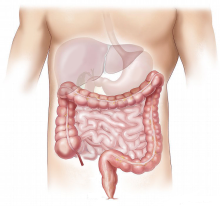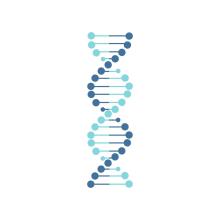Recent Publications
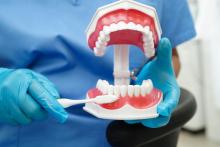
Yasmine Ghantous, Imad Abu El-Naaj: A mucoadhesive patch loaded with freeze-dried liposomes for the local treatment of oral tumors (Drug Deliv Transl Res .)
Oral cancers affect millions of people globally, with increasing incidences among adults aged 35 and above. Poor drug uptake by lesions in the oral cavity following systemic administration, as well as limited localized treatment modalities for oral tumors, result in poor patient quality of life and high mortality. Here, we describe a solid, dissolvable, bioadhesive alginate patch containing freeze-dried doxorubicin-loaded liposomes as a local treatment for oral tumors located on the tongue.

Liron Rozenkrantz : Editorial: Predictive mechanisms in action, perception, cognition, and clinical disorders (Front Hum Neurosci . )
Editorial on the Research Topic: The goals of this Research Topic are to explore guiding principles, theoretical frameworks, and empirical research on predictive mechanisms across domains and levels of processing, with the ultimate goal of gaining a more comprehensive understanding of the limits, constraints, and generalizability of predictive mechanisms across fields.
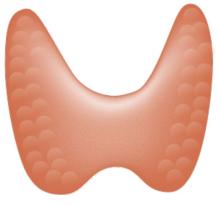
Ultrasound-Guided Fine Needle Aspiration of Deep Thyroid Nodule: Is There a Correlation between the Nodule's Depth and Nondiagnostic Results? (J Thyroid Res .)
Evaluates whether thyroid nodule depth correlates with nondiagnostic results in ultrasound-guided fine needle aspiration cytopathology.
(Majd Asakly, Raed Farhat, Nidal El Khatib, Ashraf Khater, Alaa Safia, Marwan Karam, Saqer Massoud, Taiser Bishara, Yaniv Avraham, Adi Sharabi-Nov, Shlomo Merchavy)
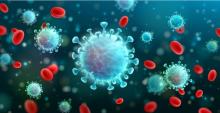
Reasons underlying the intention to vaccinate children aged 5-11 against COVID-19: A cross-sectional study of parents in Israel, November 2021 (Hum Vaccin Immunother .)
Vaccination is a key tool to mitigate impacts of the COVID-19 pandemic. In Israel, COVID-19 vaccines became available to adults in December 2020 and to 5-11-year-old children in November 2021. Ahead of the vaccine roll-out in children, we aimed to determine whether surveyed parents intended to vaccinate their children and describe reasons for their intentions.
(Amiel A Dror, Amani Daoud, Netanel Eisenbach, Edward Kaykov, Masad Barhoum, Tsvi Sheleg, Eyal Sela, Michael Edelstein)

Danny Levy, Ohad Ronen: Assessment of a limited-access parotidectomy technique's complications and scar characteristics - A cohort study (J Plast Reconstr Aesthet Surg . )
Parotidectomy is the treatment of choice for benign tumors of the parotid gland, with the modified Blair incision most commonly utilized. This retrospective analysis aimed to determine the incidence of complications and assess the relationship between the mass and scar characteristics, in patients who had undergone parotidectomy.
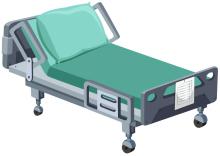
Adi Shani, Dan Ciubotaru, Alon Rod, Nimrod Rahamimov: Self-reported pain during the initial postoperative period following open lumbar spine fusion surgery does not correlate with the number of levels fused: A prospective trial of 40 patients (Pain Pract
Current spine postoperative pain control protocols consider the expected pain following spine fusion surgery to correlate with surgical extent, that is, the greater the number of operated vertebrae, the greater the postoperative pain. Due to this assumption, Enhanced Recovery After Surgery (ERAS) protocols are principally applied to minimally invasive and percutaneous spine surgery and less to open extensive spine fusion operations. The aim of this study was to determine whether postoperative pain does in fact correlate with the surgical extent, potentially opening the door to non-narcotic postoperative pain protocols for this patient subset.
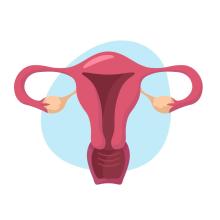
Inbar Ben Shachar, Ilan Atlas: Prediction of Endometrial Cancer Recurrence by Using a Novel Machine Learning Algorithm: An Israeli Gynecologic Oncology Group study (J Gynecol Obstet Hum Reprod .)
Endometrial cancer is the most common gynecologic malignancy in developed countries. The overall risk of recurrence is associated with traditional risk factors.
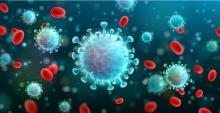
Association between BNT162b2 vaccination and reported incidence of post-COVID-19 symptoms: cross-sectional study 2020-21, Israel (NPJ Vaccines . )
The effectiveness of Coronavirus disease 2019 (COVID-19) vaccines against the long-term COVID-19 symptoms expressed by a substantial proportion of patients is not well understood. We determined whether vaccination with the BNT162b2 mRNA vaccine was associated with incidence of reporting long-term symptoms post-SARS-CoV-2 infection.
(Paul Kuodi, Yanay Gorelik, Hiba Zayyad, Ofir Wertheim, Karine Beiruti Wiegler, Kamal Abu Jabal, Amiel A Dror, Saleh Nazzal, Daniel Glikman, Michael Edelstein)
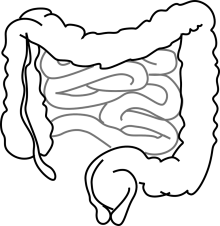
Sondra Turjeman, Carmel Even, Omry Koren: Intraamniotic Administration ( Gallus gallus) of Genistein Alters Mineral Transport, Intestinal Morphology, and Gut Microbiota (Nutrients .)
Genistein is an isoflavone naturally present in numerous staple food crops, such as soybeans and chickpeas. This study utilized the Gallus gallus intraamniotic administration procedure to assess genistein administration effects on trace mineral status, brush border membrane (BBM) functionality, intestinal morphology, and intestinal microbiome in vivo.
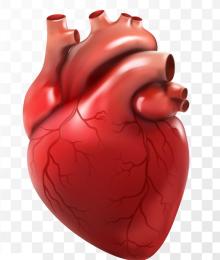
Edo Birati:Use and Out-of-Pocket Cost of Sacubitril-Valsartan in Patients With Heart Failure (J Am Heart Assoc .)
Current guidelines recommend use of sacubitril-valsartan in patients with heart failure with reduced ejection fraction (HFrEF). Early data suggested low uptake of sacubitril-valsartan, but contemporary data on real-world use and their associated cost are limited. This was a retrospective study of individuals enrolled in Optum Clinformatics, a national insurance claims data set from 2016 to 2018.
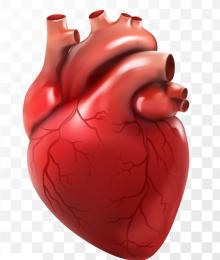
Edo Y Birati: Meta-Analysis Comparing Venoarterial Extracorporeal Membrane Oxygenation With or Without Impella in Patients With Cardiogenic Shock (Am J Cardiol . )
Cardiogenic shock is associated with high short-term mortality. Venoarterial extracorporeal membrane oxygenation (VA-ECMO) is increasingly used as a mechanical circulatory support strategy for patients with refractory cardiogenic shock. A drawback of this hemodynamic support strategy is increased left ventricular (LV) afterload, which is mitigated by concomitant use of Impella (extracorporeal membrane oxygenation with Impella [ECPELLA]). However...
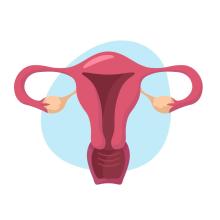
David Peleg: Suture type for hysterotomy closure: a systematic review and meta-analysis of randomized controlled trials (Am J Obstet Gynecol MFM .)
Recent randomized controlled trials (RCTs) have demonstrated an association between uterine closure technique at the time of cesarean delivery and short- and long-term operative outcomes with varied results. This systematic review and meta-analysis aims to examine types of suture material at time of cesarean delivery.

Batsheva Tzadok, Yair Blumberg, Moti Shubert, Majdi Halabi, Eran Tal-Or, Shemy Carasso:Speckled Tracking of Pleura-A Novel Tool for Lung Ultrasound; Distinguishing COVID-19 from Acute Heart Failure (J Clin Med .)
For the acutely dyspneic patient, discerning bedside between acute decompensated heart failure (ADHF) and COVID-19 is crucial. A lung ultrasound (LUS) is sensitive for detecting these conditions, but not in distinguishing between them; both have bilateral B-lines. The Blue protocol uses pleural sliding to differentiate decreased pneumonia; however, this is not the case in ADHF. Nonetheless, this pleural sliding has never been quantified. Speckled tracking is a technology utilized in the echocardiography field that quantifies the motion of tissues by examining the movement of ultrasound speckles. We conducted a retrospective study of LUS performed in emergency room patients during the COVID-19 pandemic.



